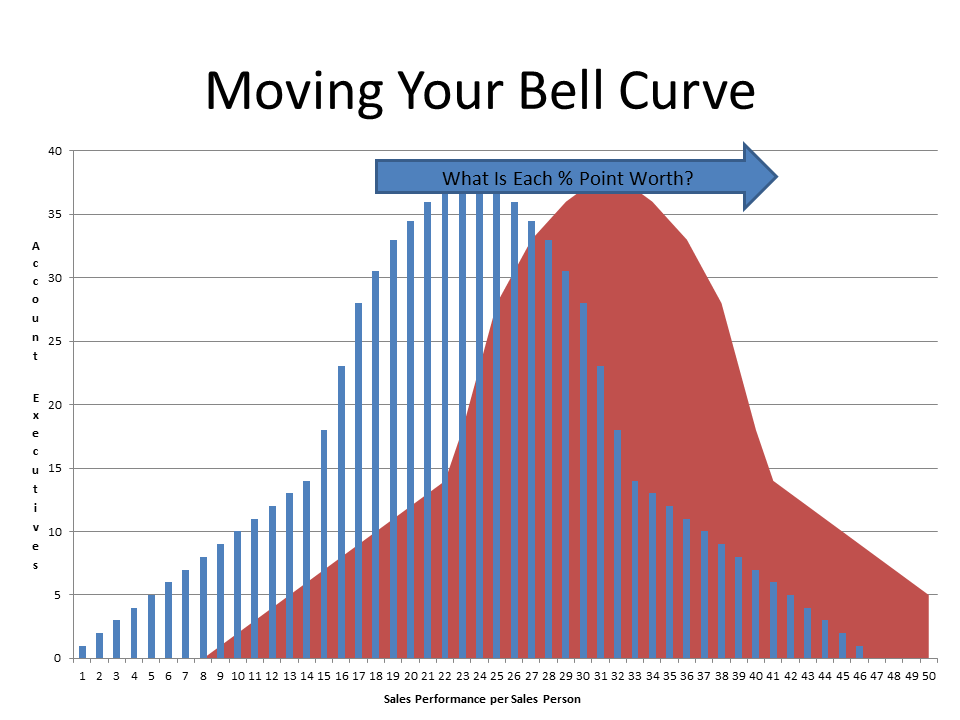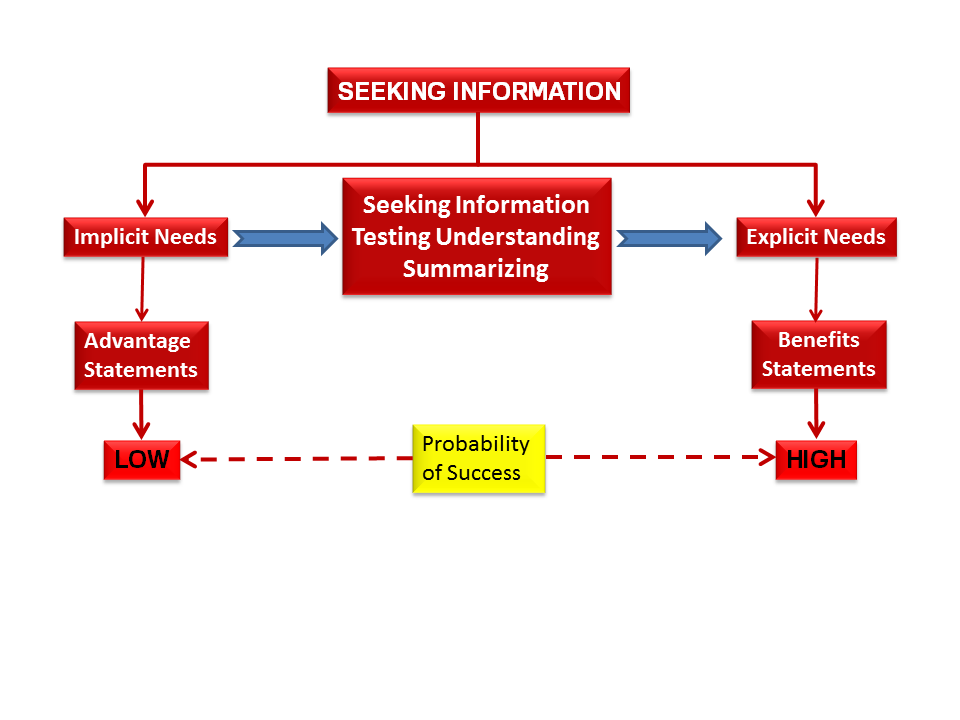How can sales trainers and managers use BA to boost sales?
Observing and assessing what people to say and do in given sales situations is not new. It can have a powerful impact on sales effectiveness when done well. From sales ranging from inside to field sales, from direct to indirect, from simple to complex it is not so much which is the best system but which is most appropriate for the job you need to do. What follows is an overview of the case for BA in improving sales performance.
Why measure what people say or do?
Many of us are unaware of how skilled we are and, more importantly for development purposes, we are very often unaware of exactly how we produced such skilled purposes. We could, of course, ask skilled performers how they have reached their level of ability. Unfortunately, many of their highly skilled performances are by now unconscious with apparently little effort or planning. In fact various research studies of expert performance skills – music, sport, selling has shown such analysis can be really misleading. The prize though is worth it.  If we can analyse top performers and are able to develop those skills in others the pay-offs are often double digit sales revenue increases. For example, in my own sales productivity projects, with a range of clients, have produced sales increase ranging from 25% to 100% using a BA based approach.
If we can analyse top performers and are able to develop those skills in others the pay-offs are often double digit sales revenue increases. For example, in my own sales productivity projects, with a range of clients, have produced sales increase ranging from 25% to 100% using a BA based approach.
Clearly, if we want to illuminate why some people are more skilled than others we need to measure what is going on. A crucial factor is to make sure there is a balance between sales outcomes (Lagging Indicators) and the sales behaviors/process used to achieve such results (Leading Indicators). This balance shifts as the complexity and length of the sales increases. It becomes crucial to know how more skilled sales people achieve sales progress, such as:
- Get invited to bid
- Gain customer’s agreement to visit a reference site
- Help the customer develop their RFP
If you are interested in having Nick speak to your organization fill out this form.
Why bother measuring verbal sales behavior?
The need for measurement is to better understand a situation or event to assess of what is going on. Generally, there is little that can be done well without some form of objective measurement. The better your method, the better you can understand your people’s strengths and weaknesses, the greater the control over the outcomes.
You might be thinking, why can’t experienced sales managers give feedback on their sellers’ performance without gathering detailed BA data. More to the point, how does gathering such data call for the extra effort needed in developing reliable and valid analyses.
The snag is with relying solely on a subjective approach is that observation and interpretation are notoriously difficult to keep apart. This usually leads to sales managers and trainers having a distorted understanding of seller behavior and what really leads to success or failure. Here’s a famous example:
Objection Handling or Prevention – BA Case Study
In one study, sales managers reported that their sales people were not good at handling customer objections and pressed the training department to do more objection handling training. After the training, sales managers were still not satisfied. Finally, Neil Rackham persuaded the sales trainers to do a BA project.
What they found surprised them. There were large differences in the number of objections faced by each salesperson. They often found one salesperson having to face 10 times as many objections per selling hour as other people from the same team. Naturally, they drew the obvious conclusion: The people who were receiving so many objections must need re-training in objection handling. They asked Neil’s team for advice.
His team picked the behavior-analysis figures for 10 people who were receiving high numbers of objections and who were clearly candidates for objection-handling training. In all 10 cases, these people were also higher than average in the number of Advantage Statements they used in their calls.
Neil persuaded the company to try a bold experiment. “What I’d like to do,” he explained, “is to train these people in objection prevention. I think we can design a program which doesn’t even mention the word objection but which will do more for these people than the best objection-handling training ever could.”
The company agreed. They chose eight salespeople who had each received an unusually high level of objections from customers. As promised, their training didn’t say anything at all about objections or objection handling. Instead, they taught the eight people to develop Explicit Needs with the SPIN Questioning Model and only then to offer Benefits.
After the training, the company’s researchers went out with the eight to count the number of objections they were now receiving in calls. The average number of objections per selling hour had fallen by 55 percent.
(From: SPIN Selling © 1988 Huthwaite, Inc.)
This is a typical example of sales managers and trainers not separating observation and interpretation that so often leads to faulty conclusions.
Gaining People’s Trust – Case Study
Another classic case study of not separating observation from interpretation was when Linda Marsh and I were engaged in training mortgage loan officers.
The client’s biggest concern was that to meet the spirit of the new law of “knowing the customer” and “act in the best interest” they would have to design a comprehensive software application with over 130 fields for the officers to complete with customer. They concluded that officers would need training to go through the screens A to Z. In the field study the BA data showed something different. We found that those customers interviewed disliked this approach and felt interrogated. More analysis revealed that those mortgage loan officers who customers felt “acted in their best interests” did not follow the A to Z route but rather allowed the customer to talk while the officer moved between screens to complete all the fields. To do this, skilled officers used far more “signposting” of what they had achieved and what else needed to be covered in the interview. The data showed that more structuring behavior led to greater customer satisfaction.
These findings markedly changed both training design and field coaching for the national roll-out of the new training to 6400 mortgage loan officers to be highly successful and led to the client being voted Mortgage Lender of the Year twice by an independent survey of consumers.
What is Behavior Analysis?
Behavior analysis is a method of putting things that people say into categories. Exactly what the categories are depends to a large extent on what is to be measured. The categories can be very simple such as, ‘Asking questions’ or ‘Giving information’. The categories could be more complex such as the categories used to analyze negotiation behavior. Whatever the chosen category it must, if it is to be a useful, meet six basic criteria:
- Make sense at a common sense level.
- Different from other categories – no overlap
- Measurable
- Accurately recognize it when it occurs with a high level of reliability.
- People can vary how often they use it.
- Related to effective performance.
Overall, it should be something that can be easily shown to have some an effect on other people for better or worse.
If you look at the category of ‘Asking Questions’ it should be clear that it meets all five criteria and hence it seems to be a good candidate for use as an analysis category.
Having chosen the categories they can be used to observe sales people and customers interacting. It is then possible to find out which interactions were successful and which were not. is then possible to identify which categories of verbal behavior are success related and which are not.
Once the behaviors are identified it is important to develop the right skills if the training is to be fully effective. Training’s the cost effectiveness is related to both the speed of the training and the trainees’ subsequent effectiveness. This makes it even more important that the right skills and behaviors are developed right from the start.
Behavior analysis provides an excellent method for observing and identifying the factors that are crucial to success in these situations.
How does BA help sales managers and trainers?
 We found that people can be trained in a few days to observe sales people far more objectively. The training and the method of observation dictate that observers must separate their observation from interpretation of their data before they can draw conclusions.
We found that people can be trained in a few days to observe sales people far more objectively. The training and the method of observation dictate that observers must separate their observation from interpretation of their data before they can draw conclusions.
The great thing about doing BA is that it forces observers to simply observe. Plus it provides a more objective record of a sales person’s behavior that enables better decisions to be made in training, performance assessment and talent management.. This data is also very useful for the learner to analyse their own behavior and be coached to draw their own conclusions which is often far more acceptable
By observing live situations and using various research techniques, including B.A., it has been possible to identify the success model used by effective negotiators and sellers as well as managers who must run meetings, appraise and persuade. In this sense B.A. is a key part of performance improvement.
Where can I learn more to help my sales team’s performance?
BA processes can be used at different levels of detail and thoroughness depending on your needs. An easy way to start is providing recordings of those sales situations which you need analyzing. Another option is engaging us to train a group of your people to develop and use a BA instrument for you to capture sales interactions so that they are reliable and accurate.
If you are interested in having Nick speak to your organization fill out this form.
